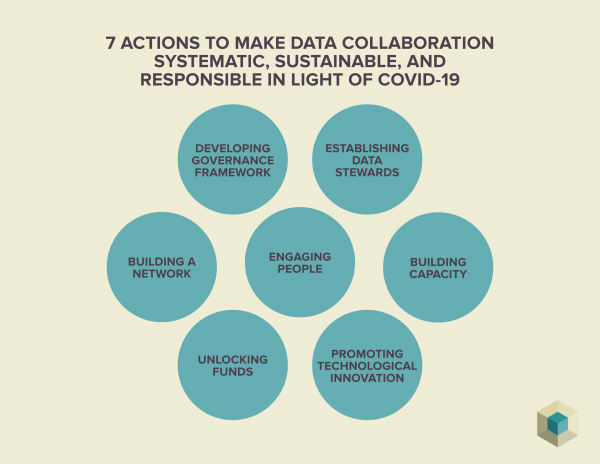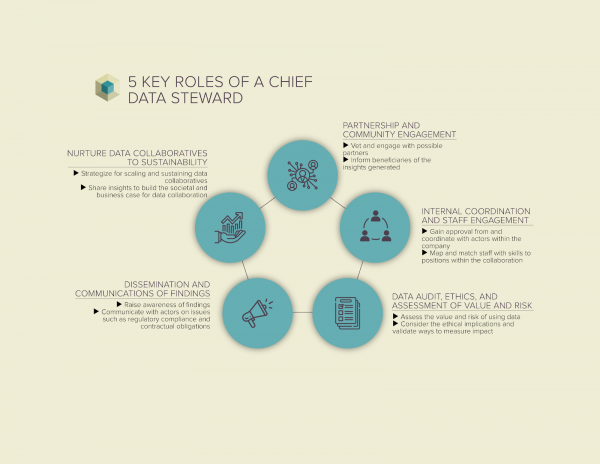Rebecca Robbins at Statnews: “It’s emerging as one of the more promising — and potentially controversial — ideas to slow the spread of the coronavirus: collecting smartphone data to track where people have gone and who they’ve crossed paths with.
The White House has discussed the notion, and several companies are reportedly in talks with the Trump administration to share aggregated user data. Researchers in the U.K. are working on one such app, and a team led by researchers at the Massachusetts Institute of Technology is building another, with an eye toward protecting user privacy. China and South Korea developed their own smartphone surveillance systems to try to clamp down on their own outbreaks, though their approaches likely wouldn’t be palatable in countries with greater expectations of privacy.
Then there’s Facebook, which collects data from its users around the world who opt in to sharing their location when using its smartphone app. Facebook does not share this information with governments. But in recent weeks, the social media giant has been sharing these data — in aggregated and anonymized form — with academic and nonprofit researchers analyzing the spread of the coronavirus.
Among the universities where Covid-19 researchers are harnessing Facebook’s data: the Harvard T.H. Chan School of Public Health, National Tsing Hua University in Taiwan, University of Pavia in Italy, and the London School of Hygiene and Tropical Medicine.
The idea is to study where people move and how often they encounter each other, in the hope of better understanding the virus’ spread — and which places are likely to soon see a spike in cases….(More)”.



